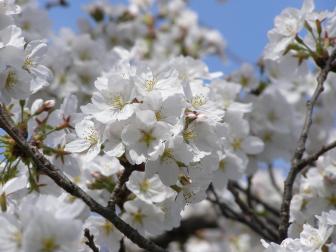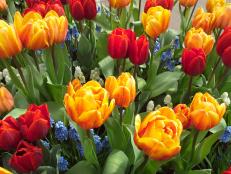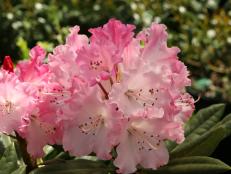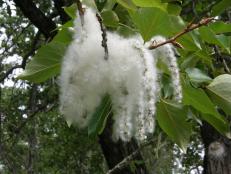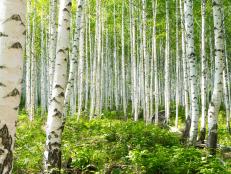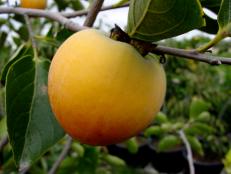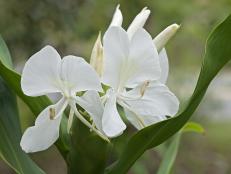Growing a Weeping Cherry Tree
Weeping cherries shout a boldly colorful statement in spring.


Few plants are more graceful in the landscape than trees that weep. And when they are the ornamental varieties that cascade with mounded sprays of seasonal flowers, all the better.
Take the weeping cherry, Prunus subhirtella 'Pendula'. In spring, the branches of this little deciduous tree, which grows to 20 to 30 feet, extend to the ground with popcorn-like blooms in white or pink. Talk about a focal point!
10 Types of Ornamental Cherry Trees 11 Photos
Bring on the cherry blossoms! Find the perfect ornamental cherry tree for your outdoor space with inspiration from the National Cherry Blossom Festival in Washington, D.C. Here are 10 varieties you can spot at the event.
After the tree finishes blooming, leaving what looks like a blanket of snow on the ground beneath it, it puts out glossy, dark green serrated leaves, which make the tree a great addition for summer as well. Ebony berries follow in late summer to boot, but don’t look for cherries; this tree is for ornamental use only.
Where to Plant Weeping Cherry Trees
Because of its show-stopping beauty in spring, plant the tree where it won’t be disturbed by pedestrians or lawn mowers. Instead, treat this Japanese native as a specimen, especially near water gardens, or frame an entryway with a pair of them.
Weeping cherry prefers full sun and well-drained soil. Keep it watered during dry spells and lay a 3- to 4-inch layer of mulch around the tree (but 6 inches away from the base) to help the soil retain moisture.
Care
The trees rarely need pruning, except to control size. But if you do decide to prune, wait until late spring just after the tree has bloomed. After all, you don’t want to eliminate this ornamental’s biggest selling point!
Pest and Disease Problems
Being in the Prunus genus and the Rosaceae family, weeping cherries have a long list of potential problems. Japanese beetles, leaf curl, powdery mildew, caterpillars, aphids and spider mites may be problematic.






